Xiaomi 15T review: Too many compromises
The non-Pro version of the Xiaomi 15T series comes with some compromises, but it's also cheaper. Does it have what it takes to compete in the crowded midrange niche?

Xiaomi has launched its next T-series devices, the Xiaomi 15T and Xiaomi 15T Pro. We already did the Pro, so now it's time to see what compromises the company had to make with the non-pro version of the phone.
At first glance, this device sacrifices the periscope zoom camera and swaps it for a 2x telephoto, which seems a bit redundant as most companies rely on crops from the main camera for this level of magnification.
The frame of the Xiaomi 15T is plastic, and there's a slower chipset inside, and finally, there's no wireless charging on board. These omissions saved the company 150 euros, as the base variant of the phone starts at €649 (compared to the €799 for the Xiaomi 15T Pro).
But let's dive deep and find out what are the real-life implications of these cutbacks.
Table of Contents:
Xiaomi 15T Specs
Pricey
Let's start with an overview of the Xiaomi 15T specs next to its Pro sibling:
| Xiaomi 15T | Xiaomi 15T Pro |
|---|---|
| Size and Weight 163.2 x 78 x 7.5 mm 194 g | Size and Weight 162.7 x 77.9 x 8 mm 210 g |
| Display 6.83 inches, 1280 x 2772 pixels 120 Hz, 3200 nits peak brightness | Display 6.83 inches, 1280 x 2772 pixels 144 Hz, 3200 nits peak brightness |
| Processor Mediatek Dimensity 8400 Ultra (4 nm) | Processor Mediatek Dimensity 9400+ (3 nm) |
| Software Android 15, HyperOS 2 | Software Android 15, HyperOS 2 |
| Cameras 50MP wide 50MP telephoto, 2x 12MP ultrawide 32MP selfie | Cameras 50MP wide 50MP telephoto, 5x 12MP ultrawide 32MP selfie |
| Battery Size 5,500 mAh | Battery Size 5,500 mAh |
| Charging Speeds 67W wired No wireless | Charging Speeds 90W wired 50W wireless |
| Prices €649 for the 12/256GB version | Prices €799 for the 12/256GB version |
The Xiaomi 15T is almost identical to its pro sibling, and you won't be able to tell the difference even if you put them side-by-side. The overall shape, design, and even colors are very, very similar.
Xiaomi decided to use a plastic frame for the non-pro version of the series, which leads to a slightly lighter phone, and to be fair, it doesn't feel cheap in the hand. The back is made from the same glass fiber as the one on the Pro.
Design-wise, the only difference you would probably spot is the periscope camera, the rectangular cutout in the circular housing is missing on the Xiaomi 15T, as it features a normal telephoto.
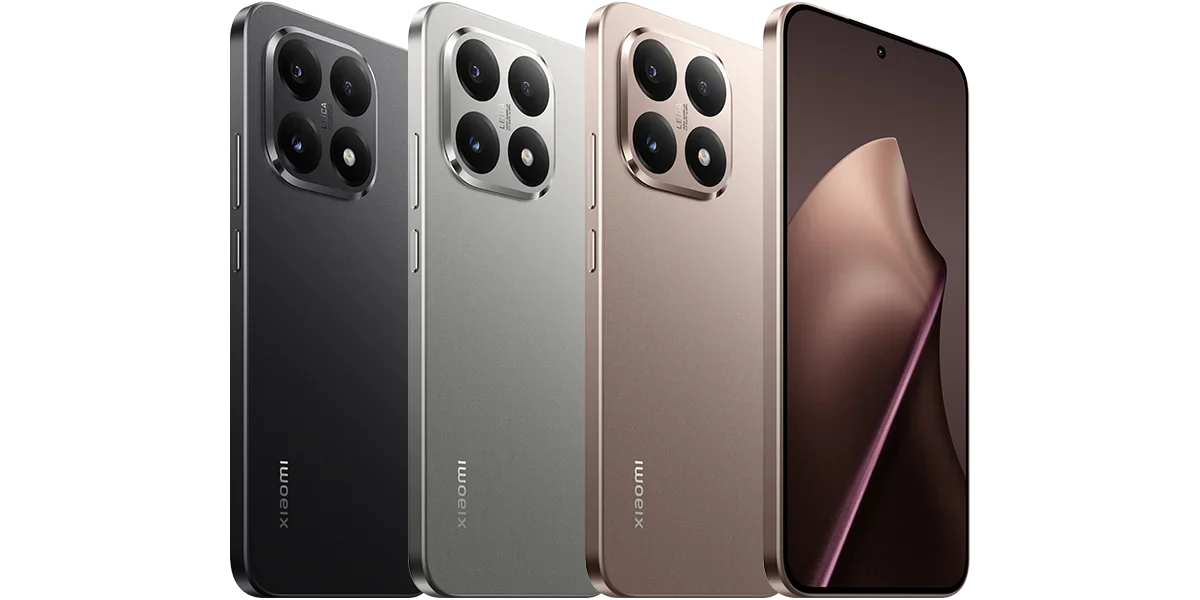
The Xiaomi 15T comes in three color variants: Black, Gray, and Rose Gold. These hues are nearly identical to the ones used on the Pro model, with the Rose Gold color option being a tad lighter shade than the Mocha Gold on the Xiaomi 15T Pro.
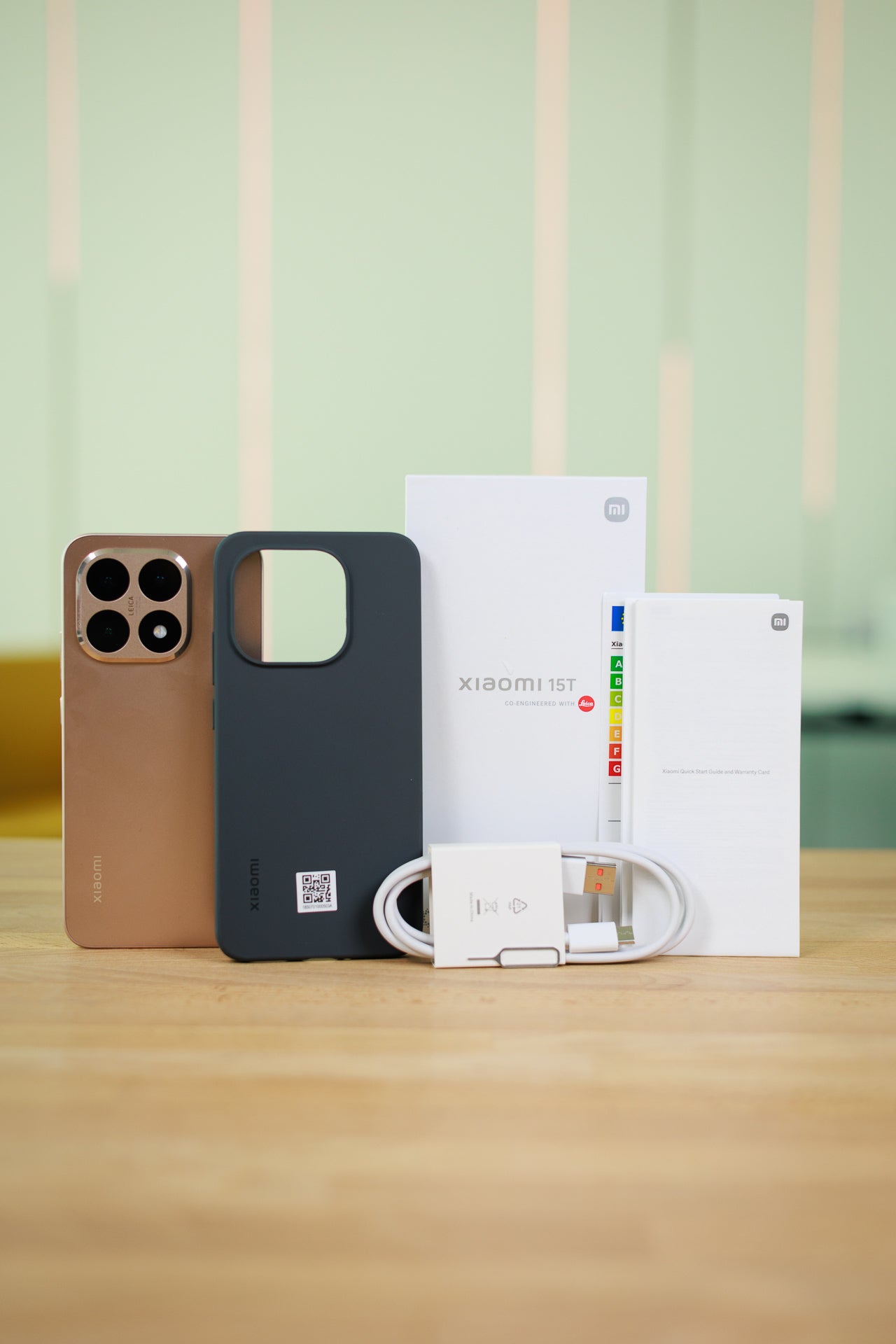
The retail packaging is a strange affair. There's no charging brick (which is a shame as the phone supports 67W wired charging), but there's a pre-installed screen protector, a USB-C cable, and a silicon back cover. Go figure.
The display is almost identical to the 6.83-inch panel on the Pro version, and we say almost, because this one can go up to 120Hz refresh rate, while the Pro has a 144Hz refresh rate. Other than that, the resolution, pixel density, and listed brightness—they're all the same.
It's a 1280 x 2772 screen (477 PPI), with a peak brightness of 3,200 nits (same as the Pro). The borders around the screen on the non-Pro Xiaomi 15T are ever so slightly wider, which contributes to the fractions of a millimeter difference in size compared to the Pro. Time for some benchmarks.
Well, what do you know! The Xiaomi 15T managed to outperform its Pro sibling in the brightness department. It's one of the brightest phones we've ever tested at 20% APL, outputting even more than the listed 3,200 nits (3,264 to be precise).
The minimum brightness is not under 1 nit (which is kind of an industry standard now), but still very good at 1.9, and the color accuracy is also decent. Overall, it's a gorgeous screen to look at, no complaints whatsoever.
There's an optical fingerprint scanner under the display (the same one used on the Pro version), and it gets the job done. Facial recognition is also available, but it relies on a single front-facing camera, so it's not using any fancy radar or ToF tech.
Xiaomi 15T Camera
Minus one periscope
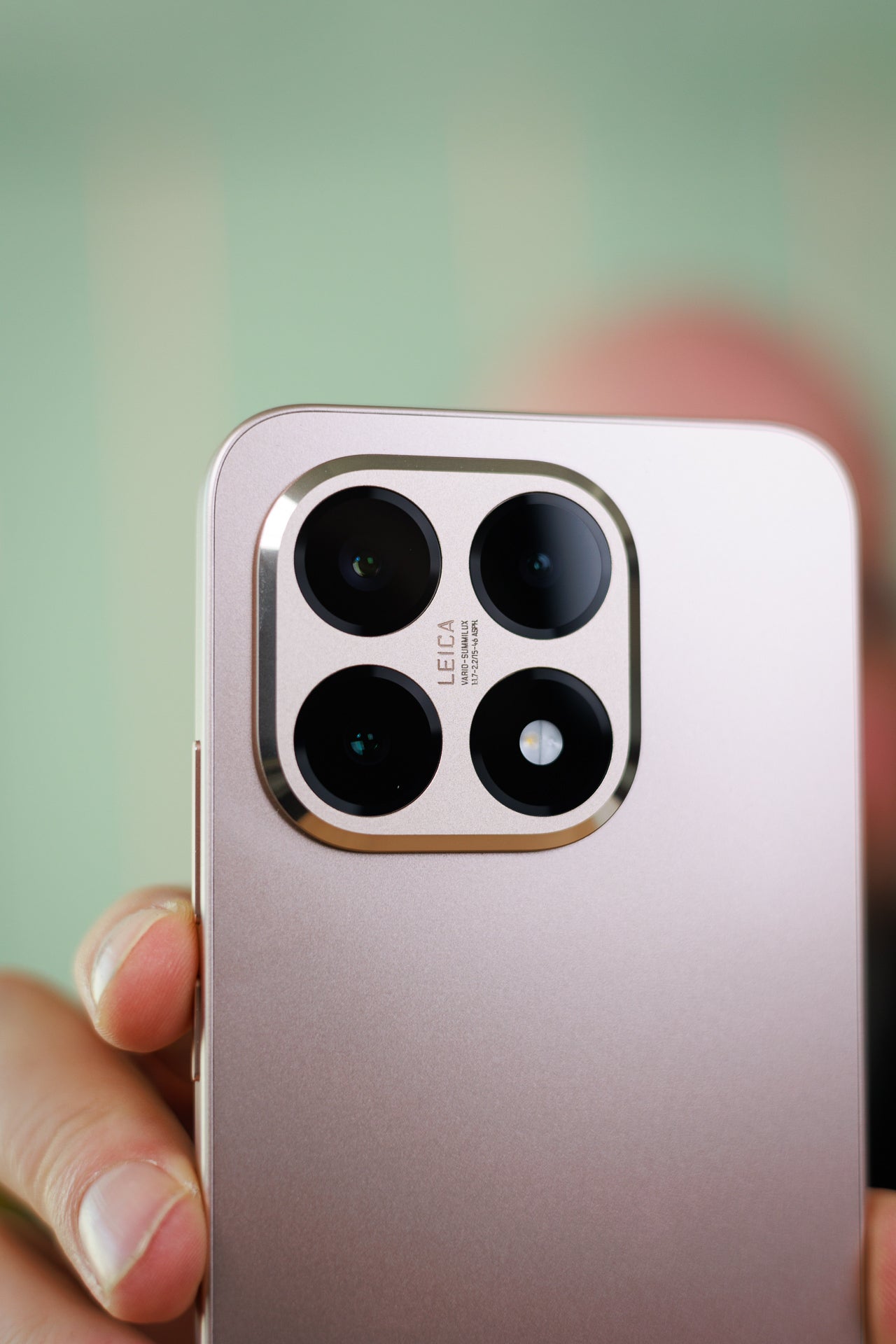
There are three cameras on the back of the Xiaomi 15T, just like on the Pro version, but the telephoto is different. It's a 50MP 64mm camera with 2x optical zoom, as opposed to the periscope system on the Pro. A strange choice, given most brands would just take 2x crops from the main sensor to tackle this magnification.
The main camera samples are good, offering a great level of detail, realistic colors, and a wide dynamic range. The ultrawide samples lag behind, and you can clearly see the lifted shadows and the narrower dynamic range on the 12MP camera. There's some loss of detail as well, especially if you take a look at the three leaves.
The 2X telephoto camera offers a decent quality, but again, we don't understand why Xiaomi opted for that exact level of magnification on a dedicated telephoto camera, rather than using 2X crops from the main sensor (which is big enough to tackle such a task).
Xiaomi 15T Performance & Benchmarks
Midrange chipset
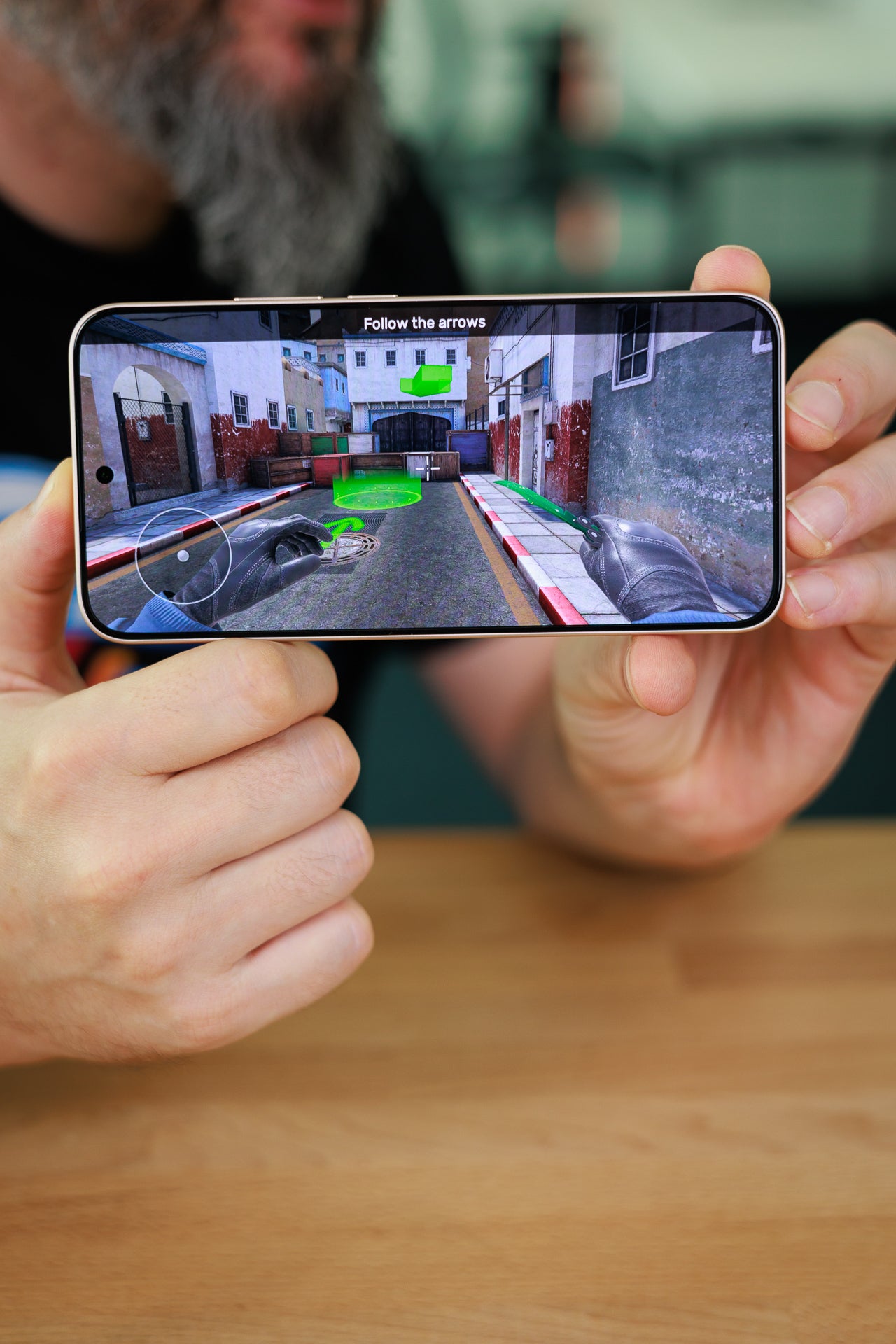
There's a MediaTek Dimensity 8400 chipset inside the Xiaomi 15T. It's a step down from the 9400+ silicon in the Pro model, and even though it's an octa-core setup, the clock speed is different and so are the cores inside.
In terms of RAM, this model mimics what the Pro has to offer, the phone features 12GB of RAM in all storage configurations. Speaking of storage, you have two options, a base 256GB variant, and a step-up with 512GB. There's no 1TB version on the non-Pro Xiaomi 15T.
GPU Performance
The MediaTek Dimensity 8400 is a midrange chip that performs accordingly. It's very far from industry leaders such as the Snapdragon 8 Elite, and there's also a gap to the Dimensity 9400+ used on the Xiaomi 15T Pro.
In real life the silicon gets the job done, and it even runs cooler, but if synthetic benchmark scores mean anything to you, this one lags behind and it is not a big leap over last year's Xiaomi 14T and 14T Pro.
Xiaomi 15T Software
The phone comes pre-installed with HyperOS 2.0, the UI Xiaomi has been using in the past couple of years, which is based on Android 15. Just like on the Pro version, the same AI capabilities have been baked in here, the experience is nearly identical to Xiaomi's flagship series.
There still are some AI tools separate from Gemini and embedded into the UI, such as AI writing aids, AI editing in the gallery, and AI translation services with real-time AI Interpreter mode. The exact same tools that were available last year.
The Xiaomi 15T offers four years of major software updates and six years of security patches. It's a decent lifecycle, given the midrange chipset, still far from the six years Samsung is offering on its A-series midrangers and the seven years that the Pixel A-series brings to the table.
Xiaomi 15T Battery
What a difference!
The Xiaomi 15T features the exact same 5,500 mAh battery as the one found on the Pro model. In our battery benchmark, the Xiaomi 15T Pro came out on top and currently holds the number one spot among phones tested in the past two years.
PhoneArena Battery Test Results:
The biggest difference comes in the browsing score with 8 hours lost to the Pro model, and this might have something to do with the screen refresh rate optimization and control, as both phones were set to auto. Nevertheless, there's a difference in the other two categories as well.
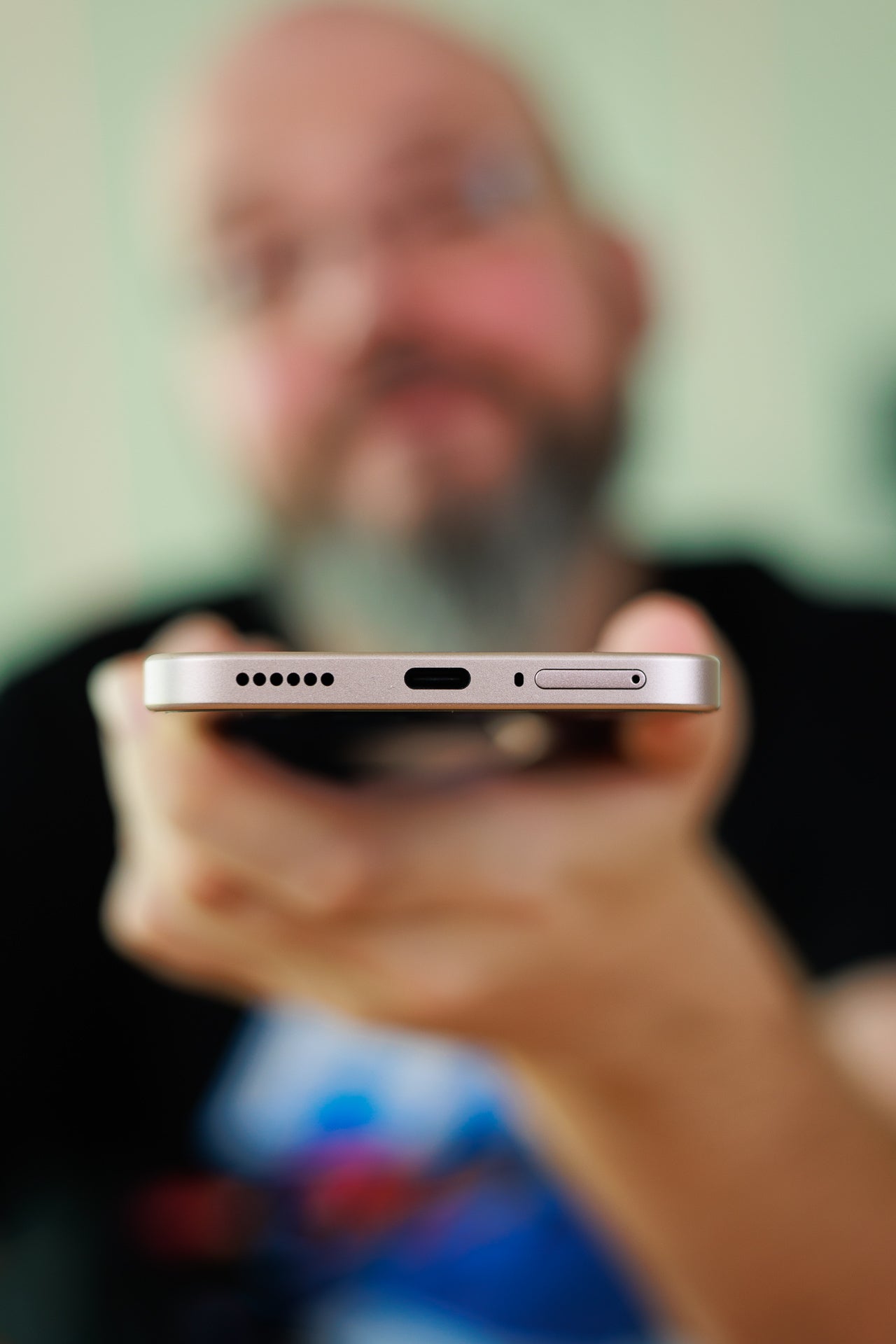
In terms of charging, the wired charging caps at 67W, which is a tad down from the 90W available on the Pro model. Luckily, the 23W difference only slows the charging time by 10 minutes, taking a total of 50 minutes for a full charge.
One of the biggest omissions here is the lack of wireless charging, so if you like to just leave your phone on a charging mat, the Xiaomi 15T is not for you.
One of the biggest omissions here is the lack of wireless charging, so if you like to just leave your phone on a charging mat, the Xiaomi 15T is not for you.
Xiaomi 15T Audio Quality and Haptics
There's a stereo speaker setup on the Xiaomi 15T, it's the same earpiece-plus-loudspeaker combo Xiaomi used on the Pro model. As with the Pro, the sound is loud enough, but the quality drops at max volume. We suspect the drivers are identical in both models, hence the similar result.
The Xiaomi 15T is far from boomboxes such as most of the ROG phones and the Honor Magic series (which offer exceptional audio), and it lags behind the more popular iPhone and Galaxy options out there.
In terms of haptics, the things are okay-ish. The vibration is good, strong, and tight, but nothing to write home about.
In terms of haptics, the things are okay-ish. The vibration is good, strong, and tight, but nothing to write home about.
Should you buy it?
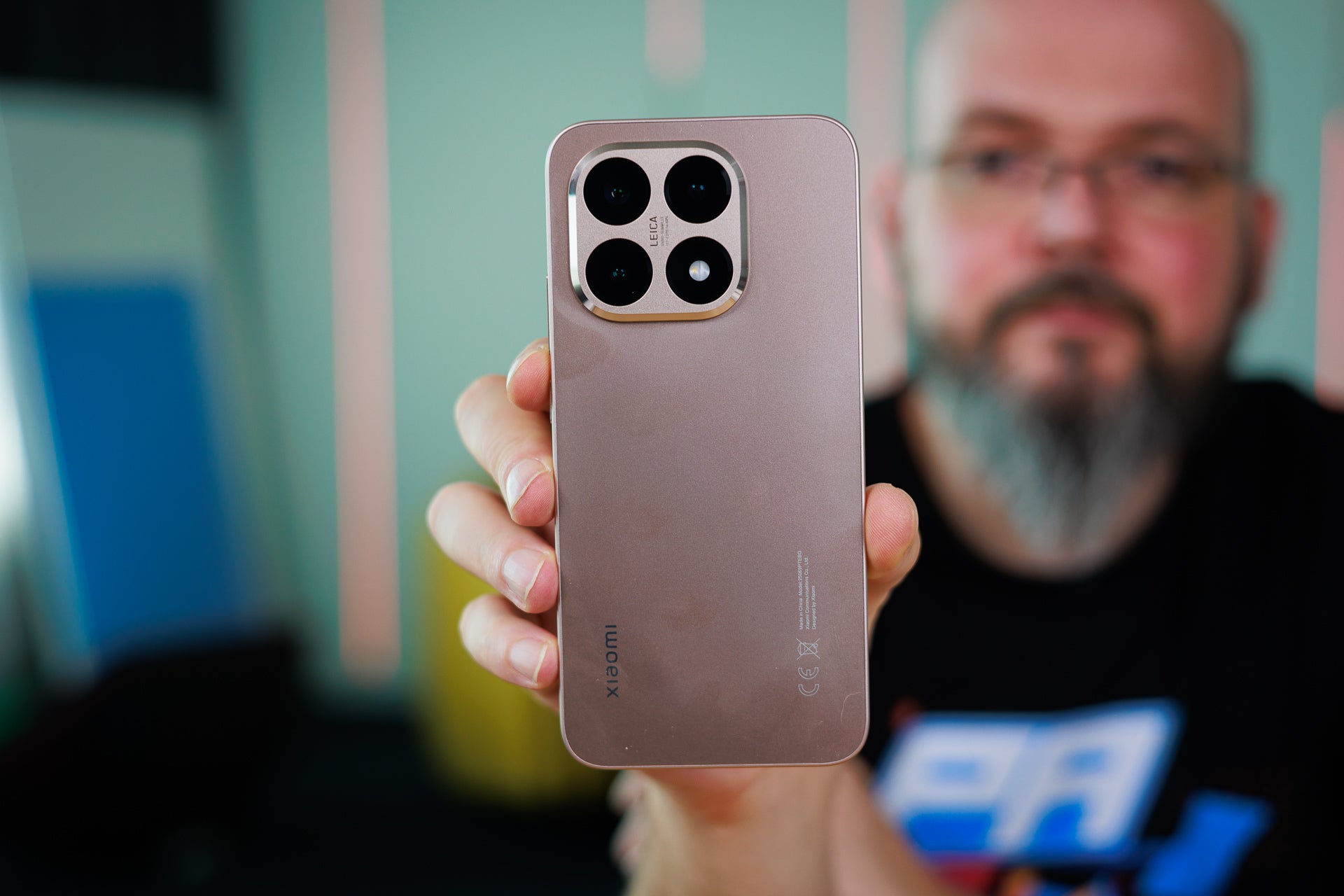
The Xiaomi 15T is even harder to recommend than the Xiaomi 15T Pro. It sacrifices the best camera feature of the series, the 50MP periscope telephoto, for a redundant 2x zoom camera. The chipset inside is unimpressive, and there's no wireless charging.
All of these drawbacks would've been forgivable if not for the starting price of €649 (roughly $750). It's an expensive phone for what it has to offer, and there are many better alternatives out there. You can get a Pixel 10 for that kind of money, an iPhone 17, or a Galaxy S25. These are readily available, and there are trade-in offers to smoothen the transition.
All of these drawbacks would've been forgivable if not for the starting price of €649 (roughly $750). It's an expensive phone for what it has to offer, and there are many better alternatives out there. You can get a Pixel 10 for that kind of money, an iPhone 17, or a Galaxy S25. These are readily available, and there are trade-in offers to smoothen the transition.
Follow us on Google News
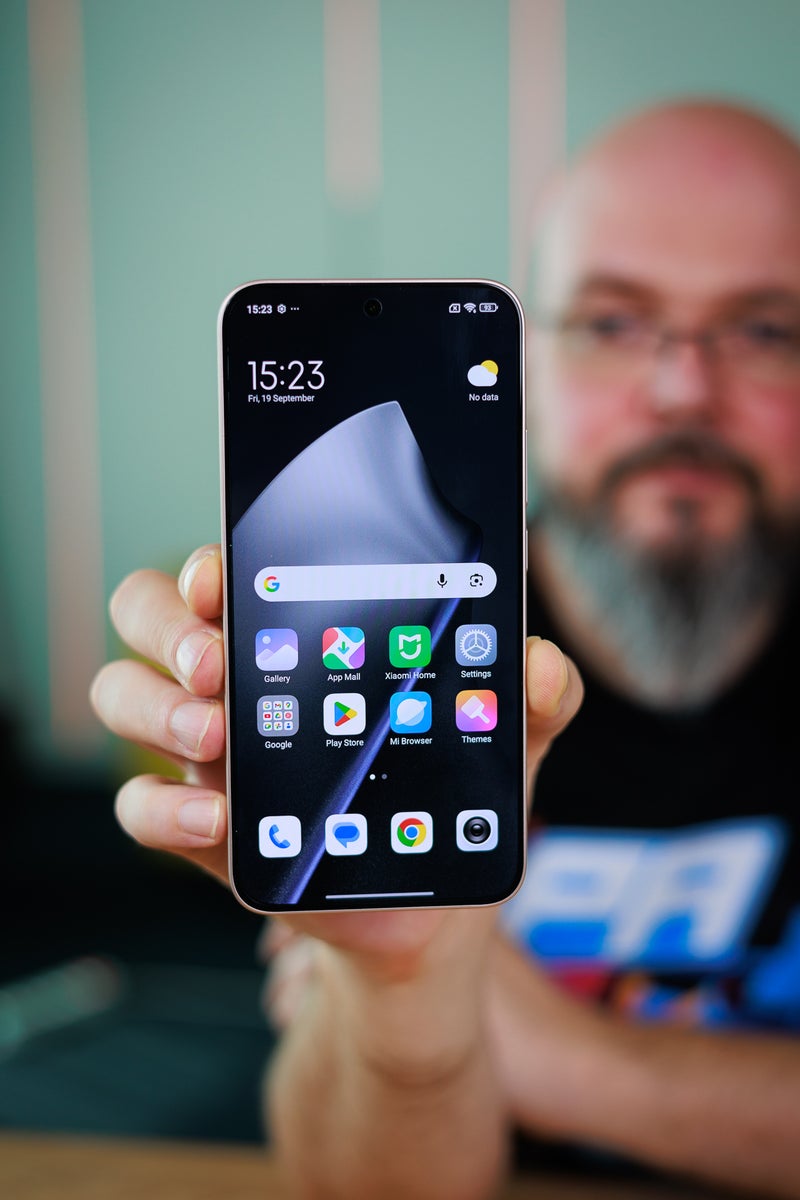
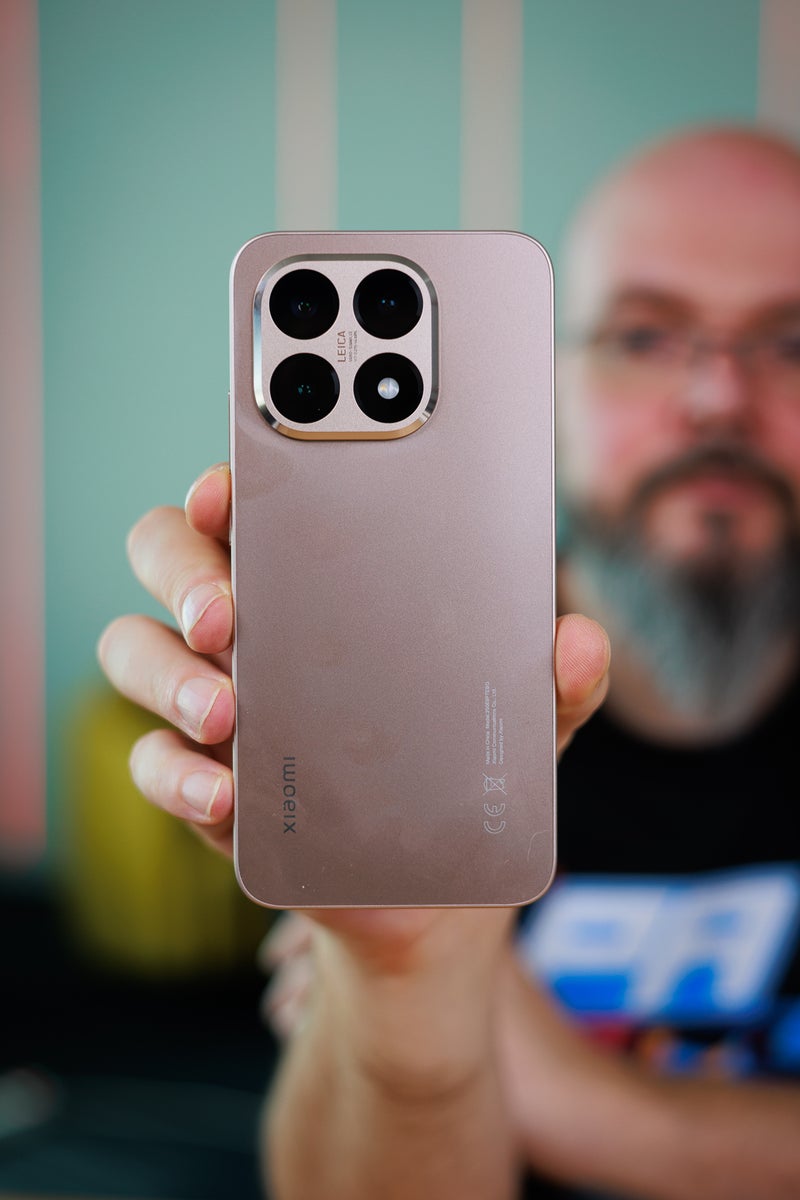
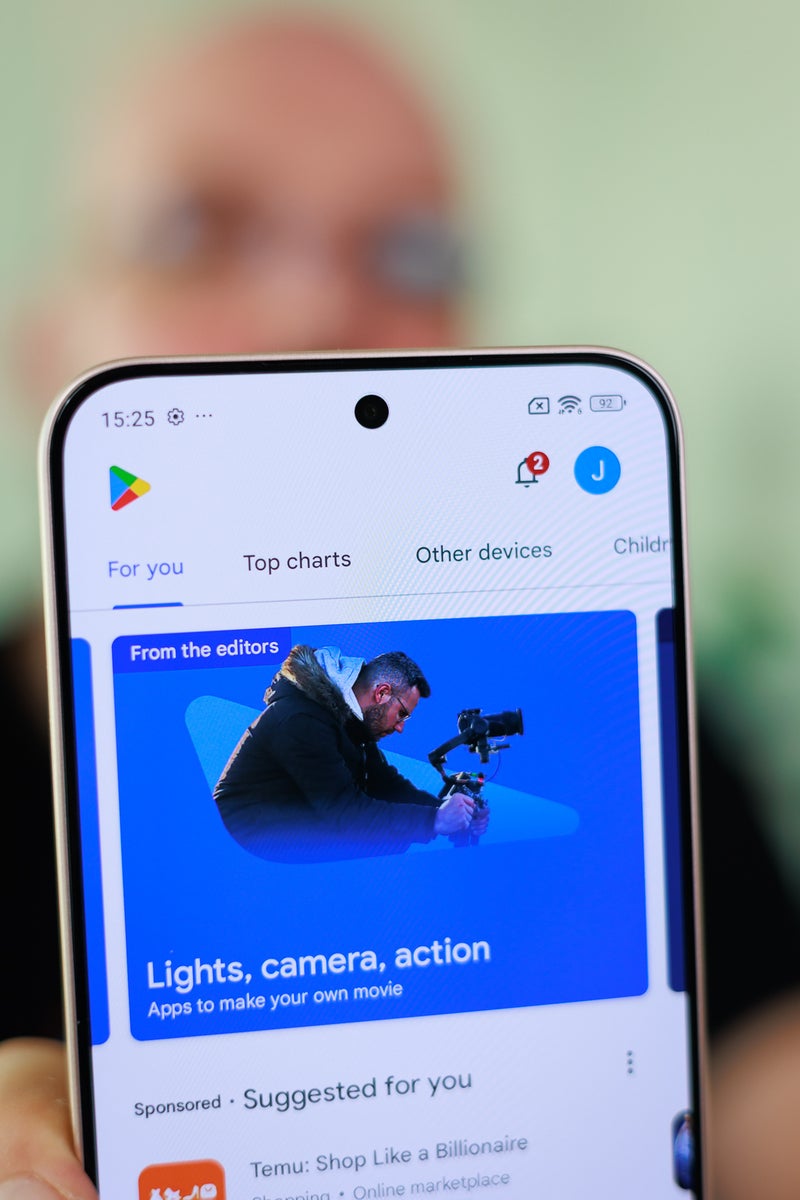
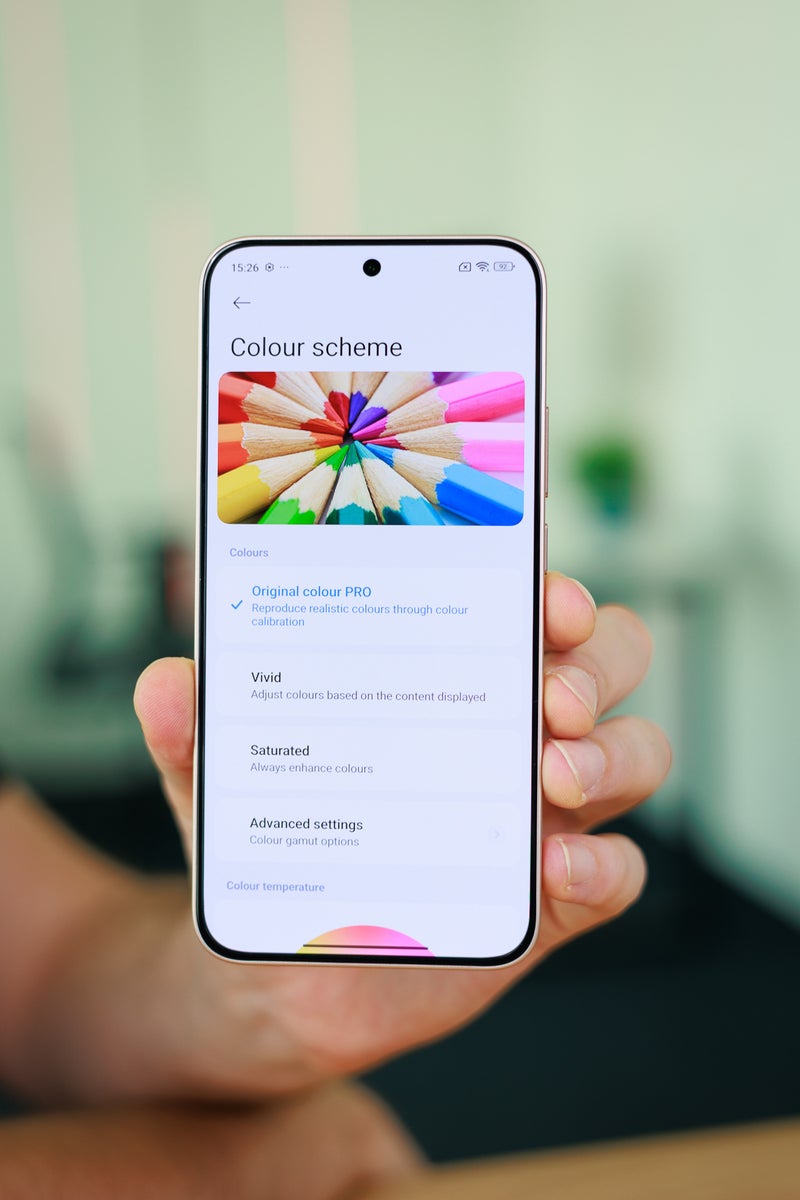
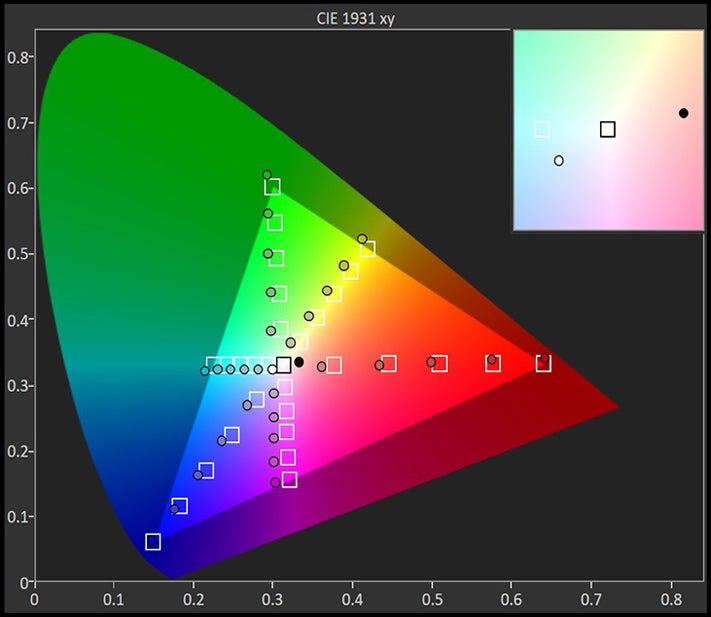











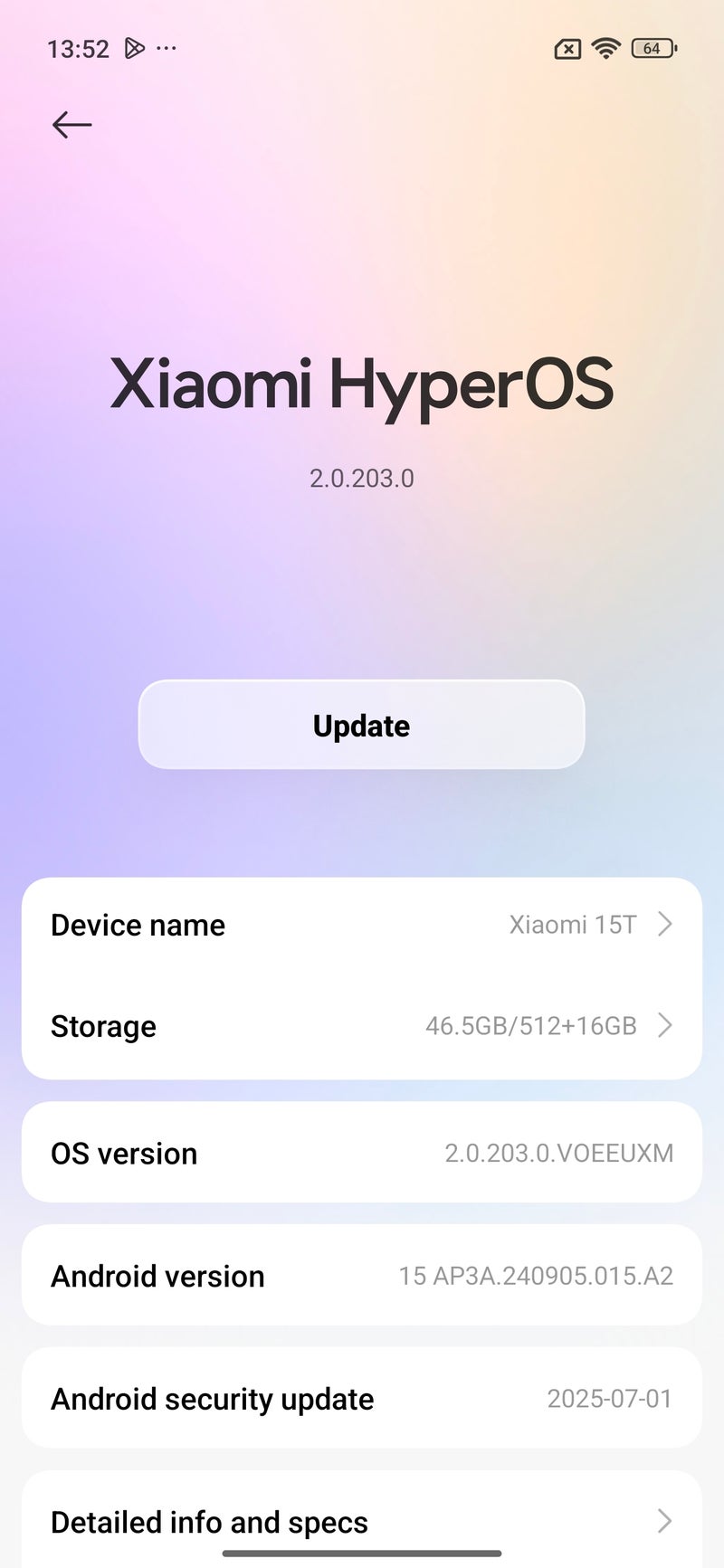
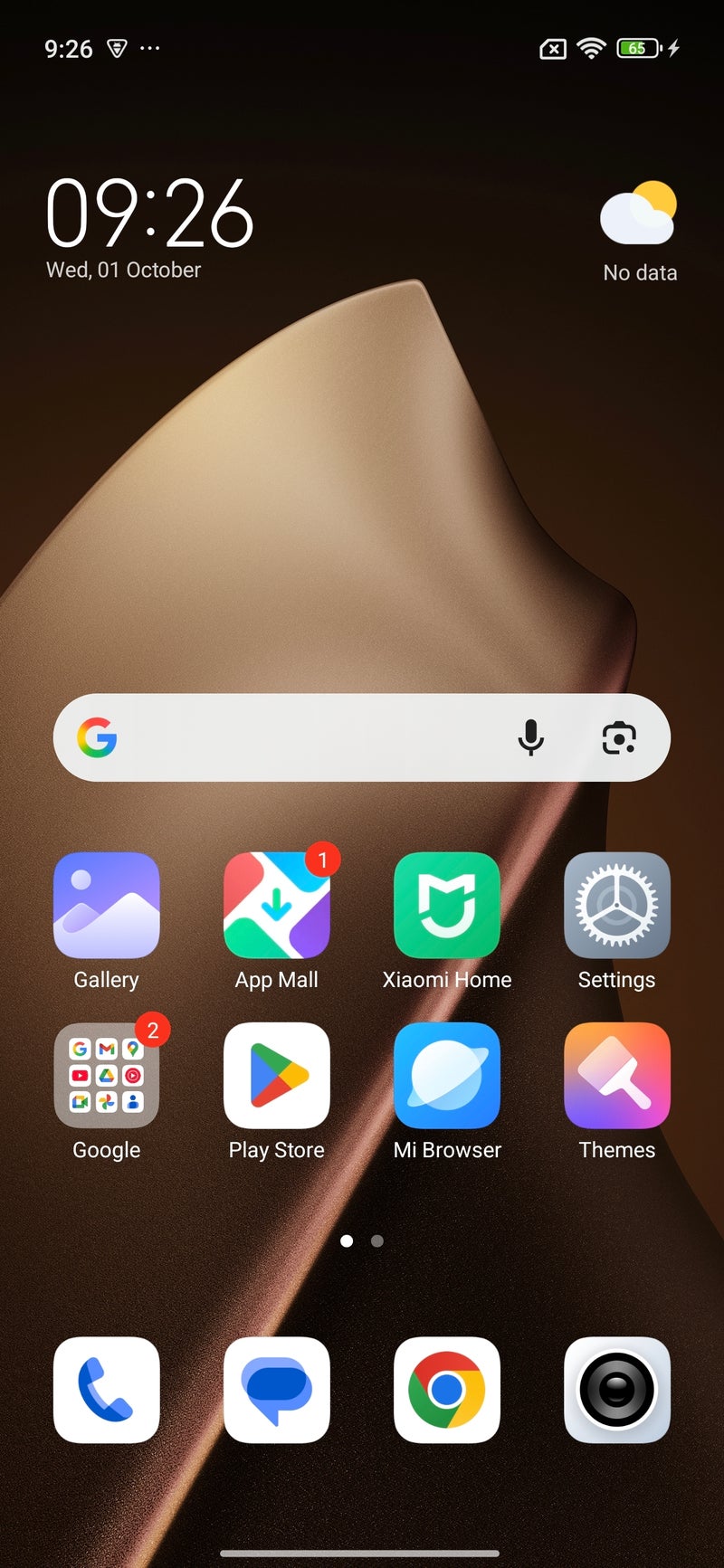
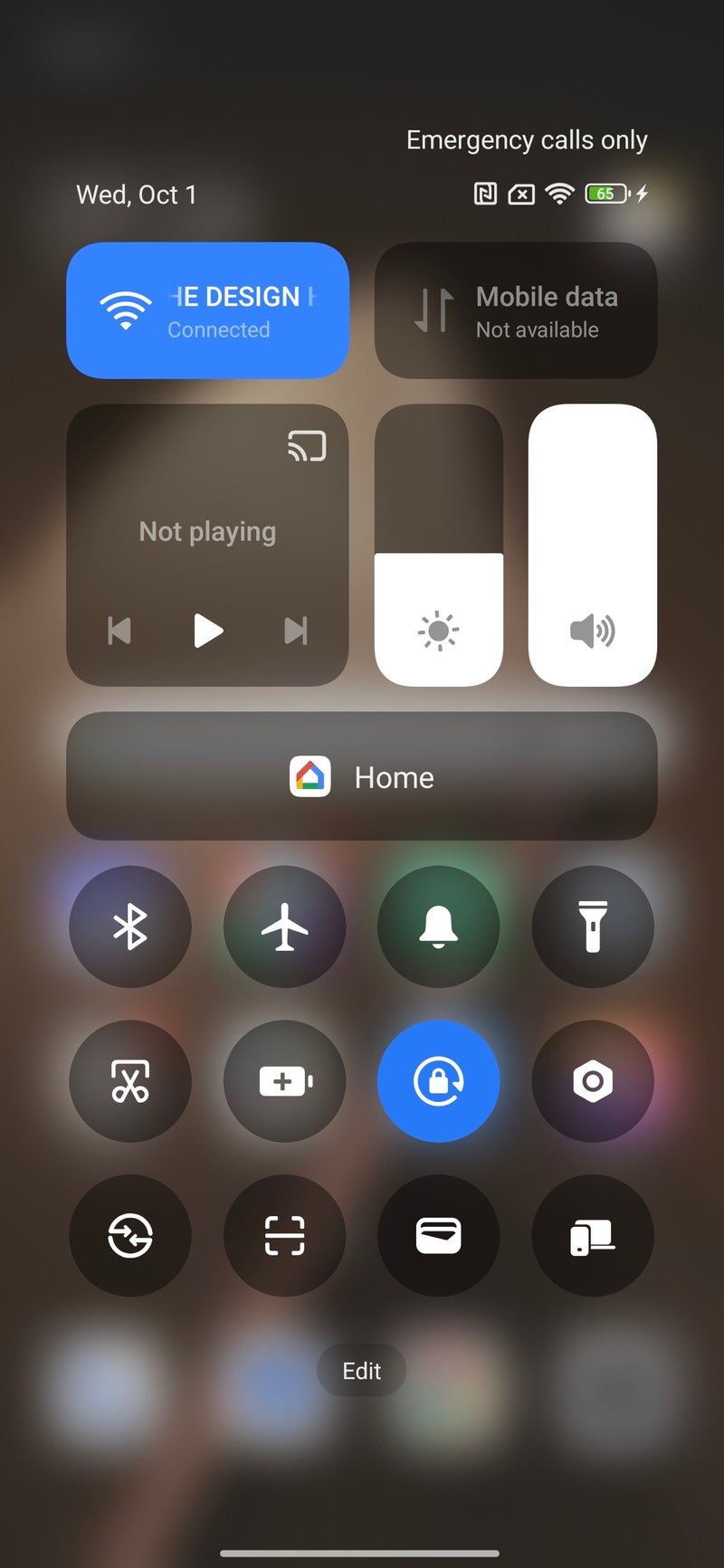
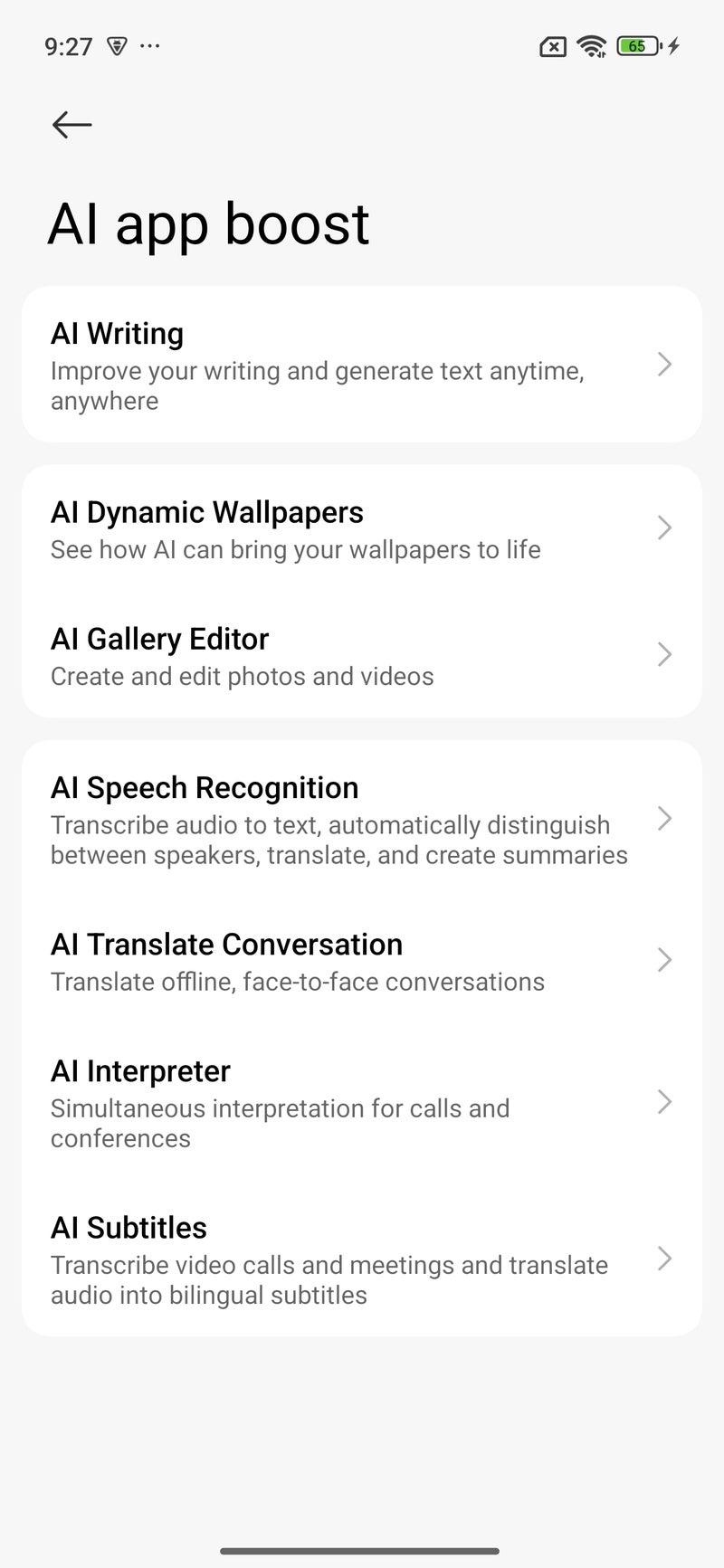
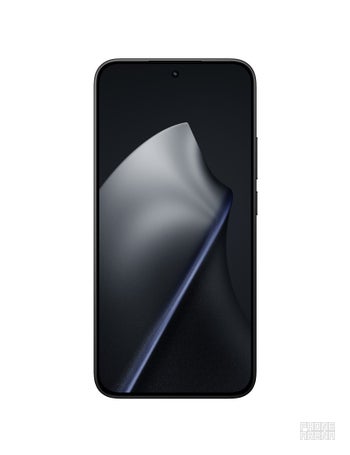


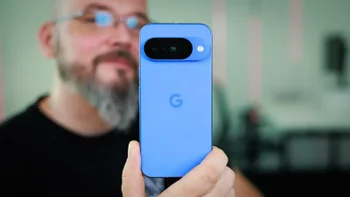
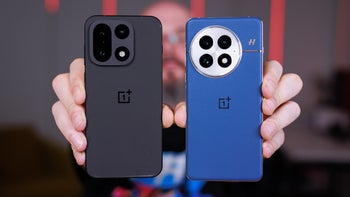
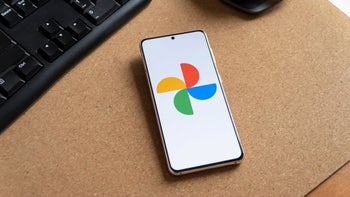



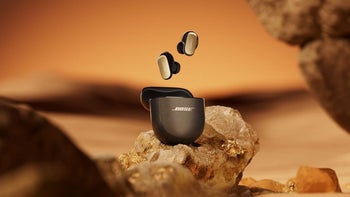
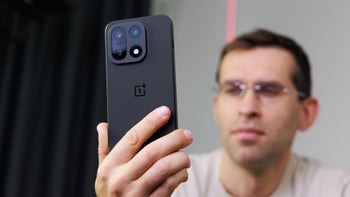
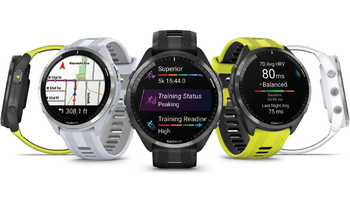
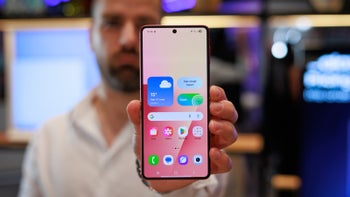
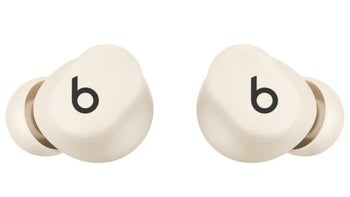
Things that are NOT allowed:
To help keep our community safe and free from spam, we apply temporary limits to newly created accounts: